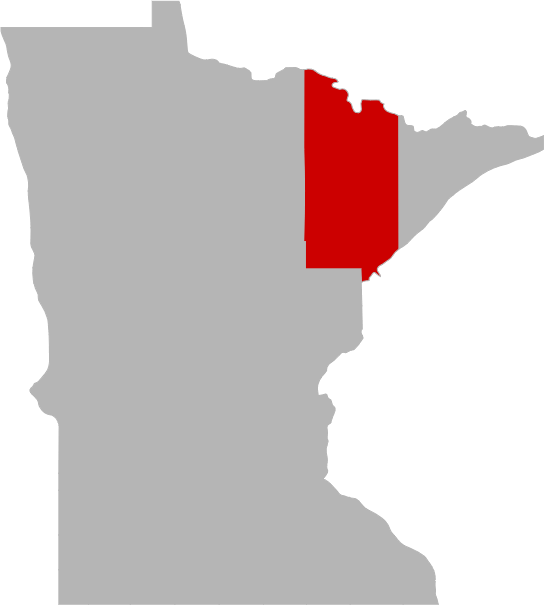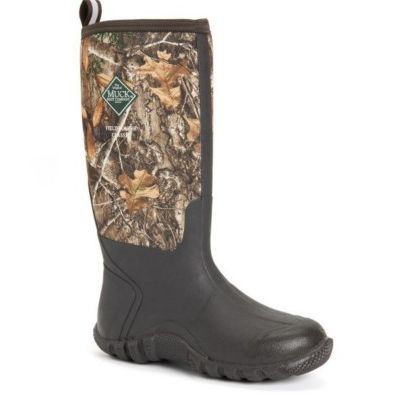Today's Best Fishing Times
Get the best fishing times for Long Lake with Lake-Link's Fishing Forecast. SEE MORE

Share your catch!
We want to see what you've caught on Long Lake.Frequently Asked Questions About Long Lake, MN
- How big is Long Lake?
- How deep is Long Lake?
- What kind of fish can you catch in Long Lake?
- Are there places to stay in the Long Lake area?
- Are there places to eat and drink near Long Lake?
- What is the average air temp for Long Lake?
How big is Long Lake?
How deep is Long Lake?
What kind of fish can you catch in Long Lake?
Other fish species in the lake include Bluntnose Minnow, Golden Shiner, Tadpole Madtom and White Sucker.
Are there places to stay in the Long Lake area?
More Lodging Options
Are there places to eat and drink near Long Lake?
History & Status of the Fishery
Long Lake is in Ecological Lake Class 11, which consists of 49 small lakes in northeast Minnesota that have moderately hard (mineralized) water. Long Lake is typical of lakes in this lake class.According to Carlson's Trophic State Index, Long Lake ranks as mesotrophic (with Secchi water clarity of 2.75 m and chlorophyll-a of 4.2 ppb), and mesotrophic-to-eutrophic (with total phosphorus of 30 ppb).Long Lake was thermally stratified on 07/09/2002 with a surface temperature of 77 F and a bottom temperature of 48 F. Adequate oxygen for fish (2 ppm) was retained to a depth of 13 ft, where the temperature was 70 F.The inlet from Horseshoe Lake and the outlet to the St. Louis River have no barriers to fish movement. Lake bottom substrates along the shoreline are mostly sand, with some gravel and muck. Aquatic plants are abundant along the entire shoreline and in the southwest bay. The most abundant aquatic plants were coontail, northern milfoil, and filamentous algae. Other common plants included waterlilies, white water buttercup, and several pondweeds (clasping-leaf, bushy, narrow- leaf, and flat-stem). Curly-leaf pondweed has been present in Long Lake for several years. It is not native to this area, and was not observed in previous fisheries lake surveys on this lake in 1955 and 1977.There is no public access to Long Lake, and most of the shoreline is heavily developed with 120 homes and cabins. A central sewer collector system was recently installed around Long Lake, and most of the sewage mound systems have been abandoned. The island is owned by the Knights of Kaleva, and the fisheries survey crew used this access to the lake.Fish sampling in this investigation consisted of four gillnet sets and nine trapnet sets. Additional gillnets were not used due to the limited area with adequate oxygen outside of the shoreline vegetation fringe. Shoreline seining and electrofishing was not done due to the heavy vegetation growth in the shoreline fringe. Small mesh trapnets were used in lieu of the shoreline seining. Three previous investigations on this lake dating back to 1955 consisted of 4-6 gillnet sets and 3-6 trapnet sets.The total catch of fish (all species combined) in the trapnets in 2002 of 55.0 fish/net (10.4 lb/net) was similar to the median catch of 51.0 fish/net (13.0 lb/net) in all investigations on this lake. The trapnet catch in 2002 was dominated by bluegill sunfish, followed by black crappie. Other species were present in low numbers.The total catch of fish in the gillnets in 2002 of 23.0 fish/net was near the median for this lake class and was similar to the median catch of 28.5 fish/net in all investigations on this lake. The total catch of fish by weight in 2002 of 53.8 lb/net was in the fourth quartile for this lake class and was much higher than the median catch of 17.1 lb/net in all investigations on this lake. The gillnet catch in 2002 was dominated by northern pike, followed by white sucker. Other species were present in low numbers.Bluegill numbers in 2002 (46.8/trapnet) were in the fourth quartile for this lake class. Bluegill numbers were much higher in the 1987 and 2002 investigations than in previous investigations in 1955 and 1977. Bluegill sizes in 2002 averaged 5.3" (0.14 lb), which was near the first quartile for this lake class and was smaller than the average size of 5.6" in all investigations on this lake. The largest bluegill in 2002 was 8.6". Growth of bluegill captured in 2002 was slower than normal by area standards (in the first or second quartile, depending on the age).Northern pike numbers in 2002 (12.5/gillnet) were in the fourth quartile for this lake class, and were much higher than the median catch of 2.4/gillnet in all investigations on this lake. Pike sizes in 2002 averaged 25.1" (3.6 lb), which was in the fourth quartile for this lake class and was similar to the average size of 25.7" in all investigations on this lake. The largest pike in 2002 was 31.7". Although pike scales were rated as being easy to read, growth of pike captured in 2002 was erratic enough to lend suspicion on the accuracy of the ageing and to deny conclusions about the growth rates.Some of the black crappie captured in 2002 were large (up to 12"). Yellow perch numbers in 2002 were low, but had been high in the 1955 and 1987 investigations. Good numbers of perch were caught in the small mesh trapnets in 2002. Largemouth bass are probably more abundant than indicated by the standard gillnet and trapnet catches, and fair numbers of young largemouth were caught in the small mesh trapnets in 2002. Bullhead were not captured in 2002, but were present in low numbers in previous investigations.Most of the game fish examined in 2002 were infected with neascus. Many of the yellow perch were infected with yellow grub. Neascus (black spot) and yellow grub are common parasites that are native to the area. They cannot infect humans, are often removed by filleting, and are killed at temperatures used to cook fish.


















